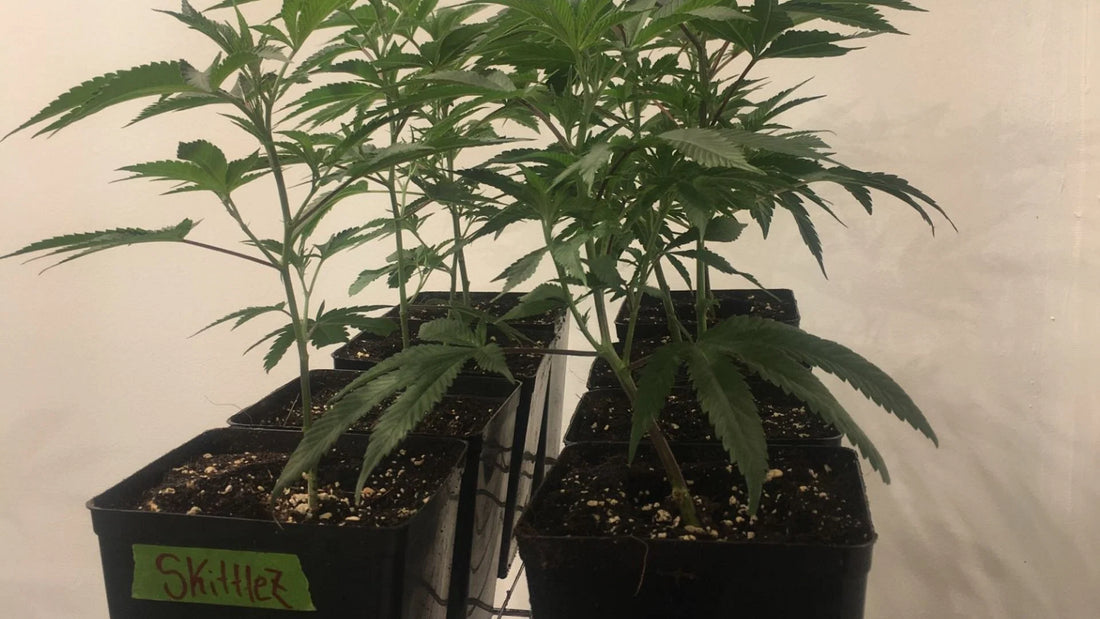
Optimizing Cuttings For Cannabis Cloning
Share
You've spent months pheno hunting seeds, looking for the keeper to add to your genetic library. How do you ensure your cuttings are successful and optimized to maintain vigorous health? This article will discuss optimal tips and tricks for taking the best clones, from where you take your cuttings on the plant to where you cut the clone before plugging it, and different methods of cloning, from a cloning machine to various mediums such as rockwool, peat, and potting mix. The plant hormones involved accelerate root growth and how we can keep pathogens out of damaged tissue.
Where Should You Take Your Cuttings From?
Many people have an opinion about where to take your cuttings from, the bottom or the top of the plant, and I am here to share my opinion with you based on the science. But every situation is unique, and you can obtain successful clones from any part of the plant. Because the "apical meristem" – the scientific word for the top of the main stem – contains the highest level of auxins, this typically results in the fast-developing clone.
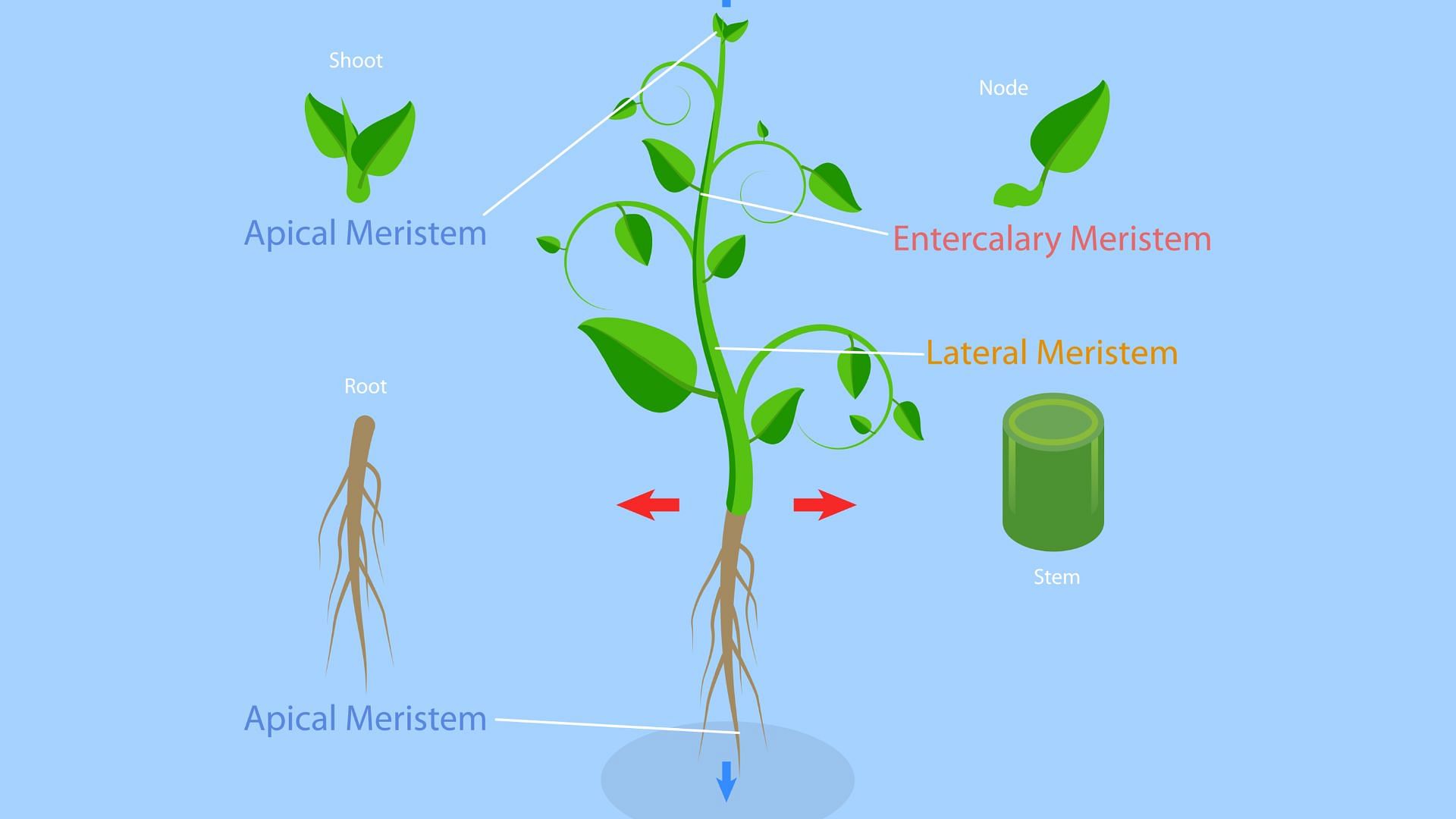
Auxins: A Group Of Plant Hormones
Auxins are a group of plant hormones that are responsible for cell growth. There are a variety of auxins, but we will discuss IAA and IBA specifically.
The top of the plant contains high levels of IAA – Indole-3-acetic acid, a phytohormone responsible for various aspects of plant growth and development, such as elongation and cell division, among other plant responses. Interestingly, this specific hormone suppresses lateral growth by promoting cell elongation. That is why we encourage more lateral growth when we "top" our plants.
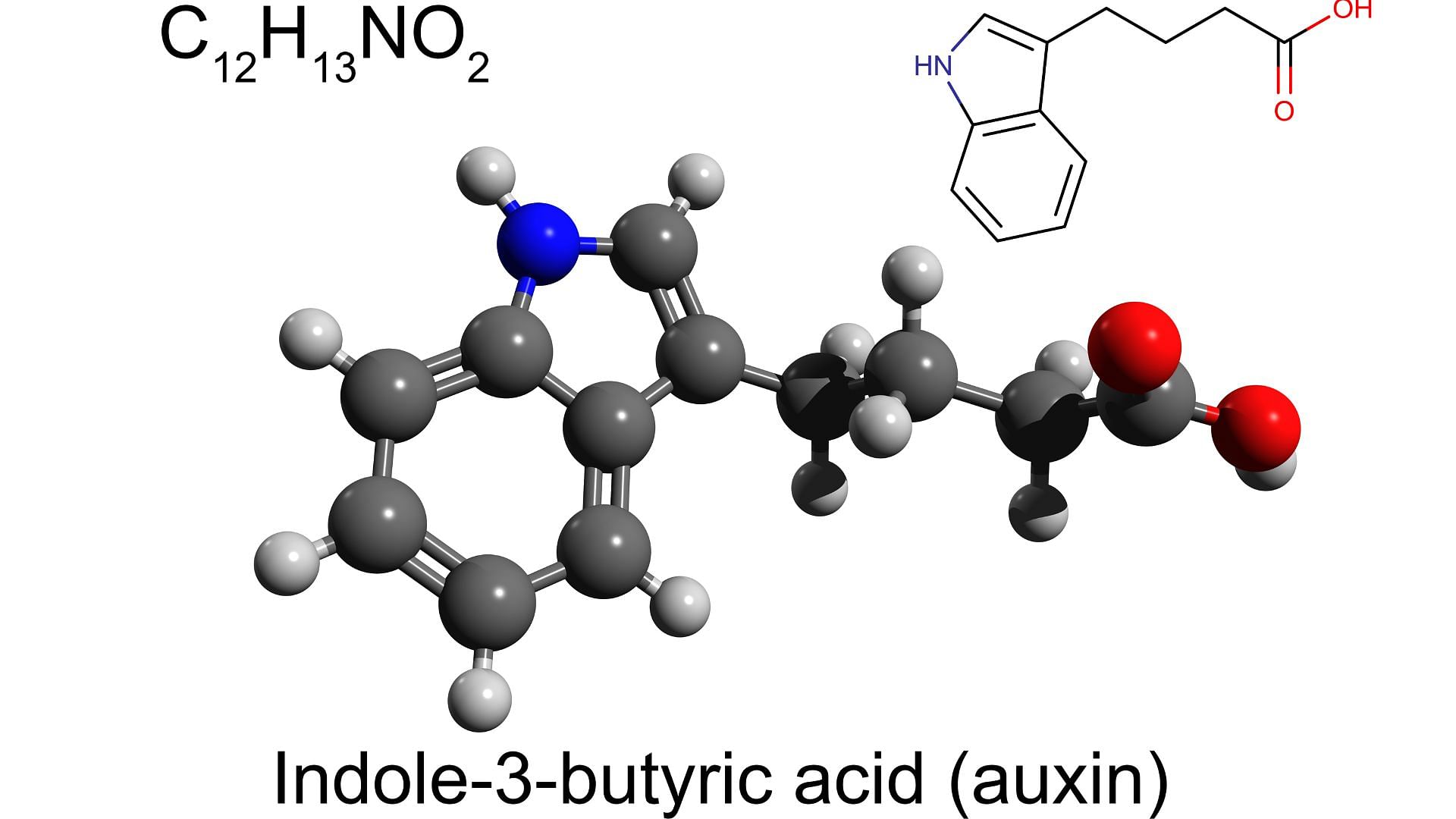
"Topping" is a technique that is used on cannabis to create bushier plants and can be implemented on other plants, such as cilantro. A great example of this occurring naturally is when the top of a pine tree is broken off, the trunk splits and grows into two distinct tops. This is due to the hormones present within the plant. The higher levels of IAA create apical dominance, the phenomenon where the principal, central stem of the plant is dominant over the other side stems.
IAA is an excellent hormone for promoting root growth, and by using the part of the plant that has the highest concentration of this plant hormone, we are effectively improving our cloning. Another auxin we want to consider for cloning is IBA. Indole-3-butyric acid is another auxin that is effective in promoting root growth and is typically found in the root meristem or tips of the roots.
IBA is a hormone found in many commercial rooting products such as CloneX. You can buy pure IBA-K and make your rooting solution for pennies on the dollar. This is especially useful if you are producing many clones regularly.
What Is The Process For Taking Optimal Cuttings?
Now that you know where to take clones and the hormones involved in stimulating root growth, let's break down the process for cutting clones. It is essential to understand the impact of the nodes and their location when cutting clones. Nodes are the intersection of petioles or branches off the clone's stem. These nodes are areas where cell growth occurs, and we can manipulate that growth by changing the environment and applying hormones.
For the healthiest clones,you will need a cloning solution, aloe, and some form of NPK fertilizer. The cloning solution typically contains IBA, although some have only nutrients. Clones can be achieved without adding IBA, although they will take longer to produce roots. Aloe contains IAA and SA – Salicylic Acid, another plant hormone responsible for stress response, specifically tissue damage in plants. This hormone helps plants deal with tissue damage caused by cutting a clone.
Cloning Step-By-Step
Step 1. Cut clones with sterilized scissors from the top of the plant anywhere from 5-9" in length. Ensure there is at least one node near the end of the cutting.
Step 2. Place cuttings into a cup of water that has aloe in it.
Step 3. Once all cuttings have been taken, use sterilized scissors or a scalpel to cut the bottom of the clone within ¼ - ½ "of a node. These nodes should be submerged in whatever medium you are using to propagate.
Step 4. Dip the ends of the cuttings into the cloning solution of your choice.
Step 5. Plug dipped cutting into moist peat moss cube, rockwool, potting mix, or cloning machine.
Step 6. Consider covering clones with a humidity dome to help achieve the optimal environment, which consists of a high relative humidity and warm temperature.
Step 7. Mist clones regularly with light nutrient solution until roots have developed.
Step 8. Transplant clones into potting mix, soil, or hydroponic set up.
To Cut At An Angle Or Not?
For many years, cutting your clone at a 45-degree angle was considered a good practice, but recent studies from UC Davis suggest that cutting straight across the bottom of the cutting is better for the plant.
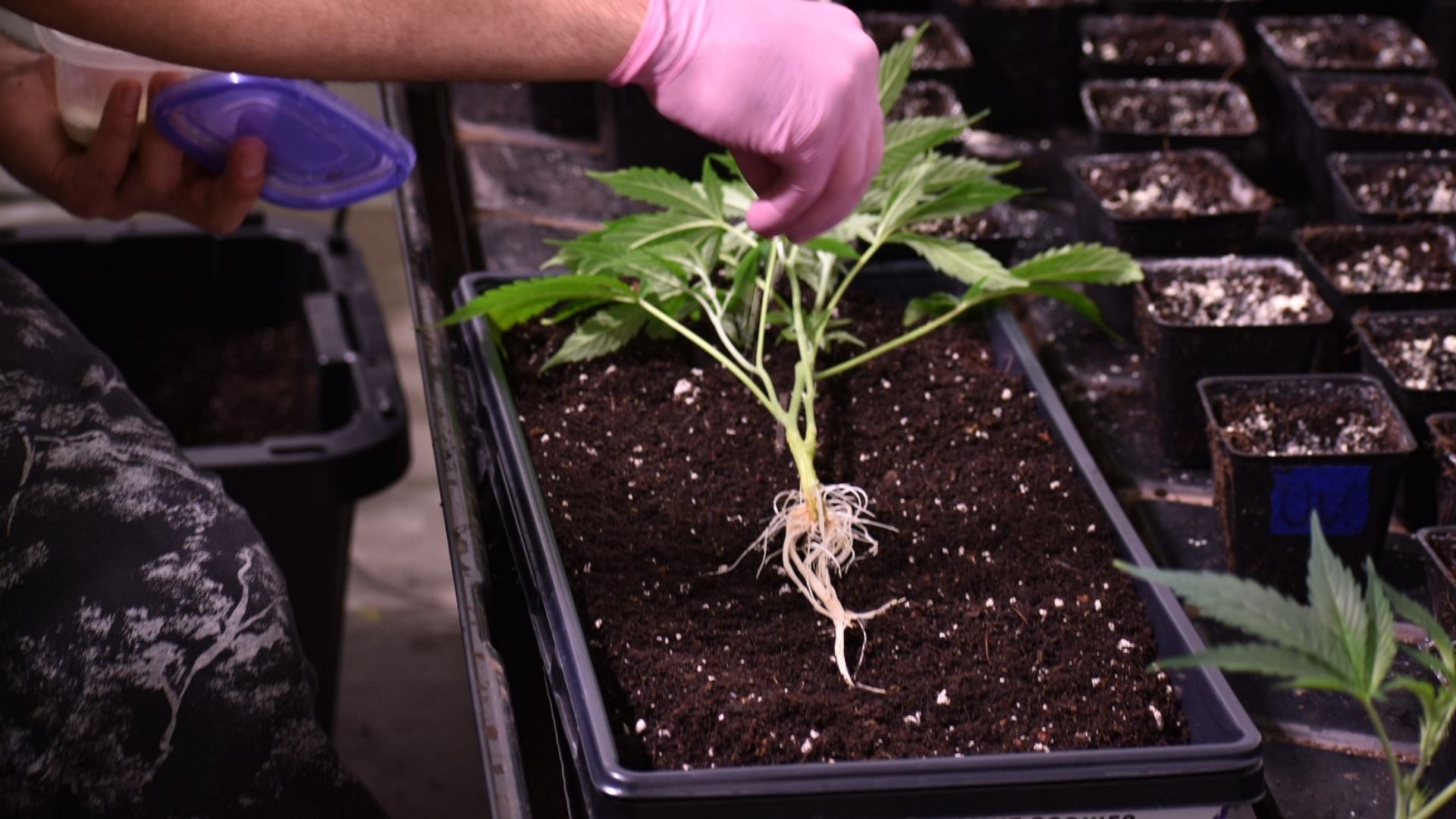
During a propagation class at the UC Davis Master Gardener program, the teacher gave an excellent analogy for why cutting straight across is better for the plant. The instructor said, "Imagine you are cutting your arm off. Would it take longer for the tissue to heal at an angle or straight across?" When you cut your clone stem tip at an angle, you are exposing more surface area of damaged tissue; not only does this mean it will take longer for that area to heal or callus over, but it is more area to become infected by pathogens. Since then, I have cut my clones straight across rather than at an angle.
However, if you decide to cut your clones from the top of the plant or the bottom, at an angle or straight, you will want to give them a specific environment to encourage adventitious root growth.
Root Cubes Or Potting Mix?
When selecting a medium to plug your clones into you have a variety of options from peat-based root cubes to rockwool, or directly into a peat or coco based potting mix. After producing hundreds of clones using the various mediums, I have found a favorite in Oasis cubes. These break down over time unlike rockwool or even other peat-based cubes that claim to be biodegradable.
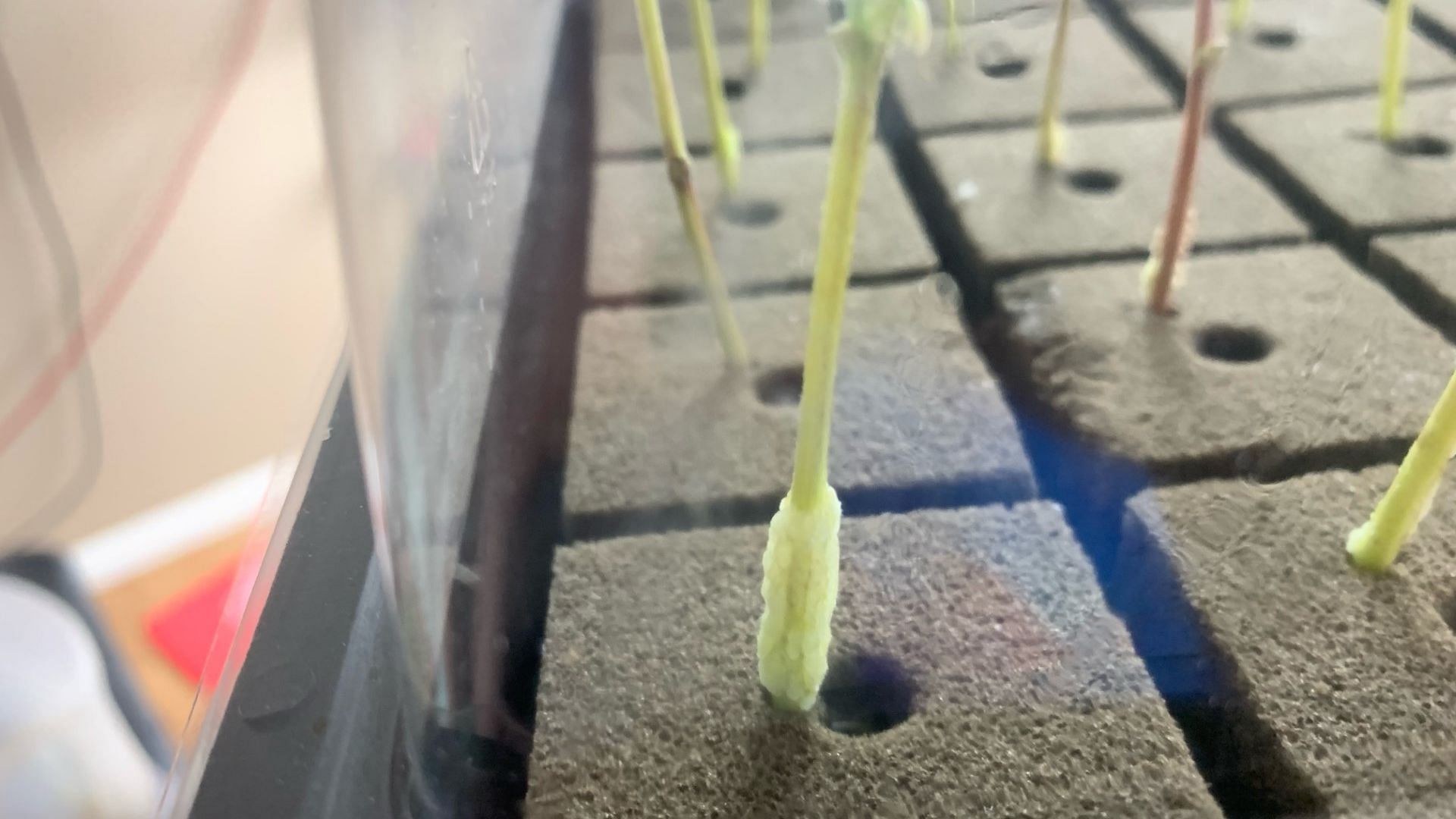
You will want to choose a medium that fits into your growing style. Soil growers typically use peat-based cubes, rockwool, or directly into potting mix. While those looking for the most sustainability choose options that are completely biodegradable. It is important to note that rockwool does not break down into your soil and will remain in the environment for years.
Optimal Environment For Optimal Clones
The optimal environment for clones includes relative humidity (RH) and temperature. They are crucial for successful root development and overall health. The ideal conditions for clones are:
1. Relative Humidity (RH): Clones thrive in a high-humidity environment, usually between 70% and 85%. This high humidity is essential because clones, lacking a developed root system, absorb water through their leaves. A humidity dome or misting can help maintain this high humidity level.
2. Temperature: The optimal air temperature for clones is typically between 72°F to 77°F (22°C to 25°C). Consistent temperatures within this range promote healthy root development. The root zone temperature should be slightly warmer, ideally around 77°F (25°C), which can be achieved using heat mats.
It's crucial to gradually acclimatize clones to lower humidity levels once they start developing roots. This process, known as "hardening off," involves slowly reducing the humidity in the dome (if used) over several days. You can do this by opening the vents and then taking the dome off for hours until your plants have become acclimated.
Timeline Of Root Growth & Maintaining Vigorous Health
Over the first few days, your clone will form a callus over the cut tissue. During this time, you want to ensure high humidity and warm temperatures. You can mist your plant with a light nutrient solution. If you do not use a nutrient solution, your plants may start yellowing or going through chlorosis.
An all-purpose liquid fertilizer or something that includes kelp is an excellent choice. Kelp is a fast-growing organism with several plant hormones that aid in early plant development. Besides IAA, kelp contains cytokinins, gibberellins, and abscisic acid, among many trace minerals.
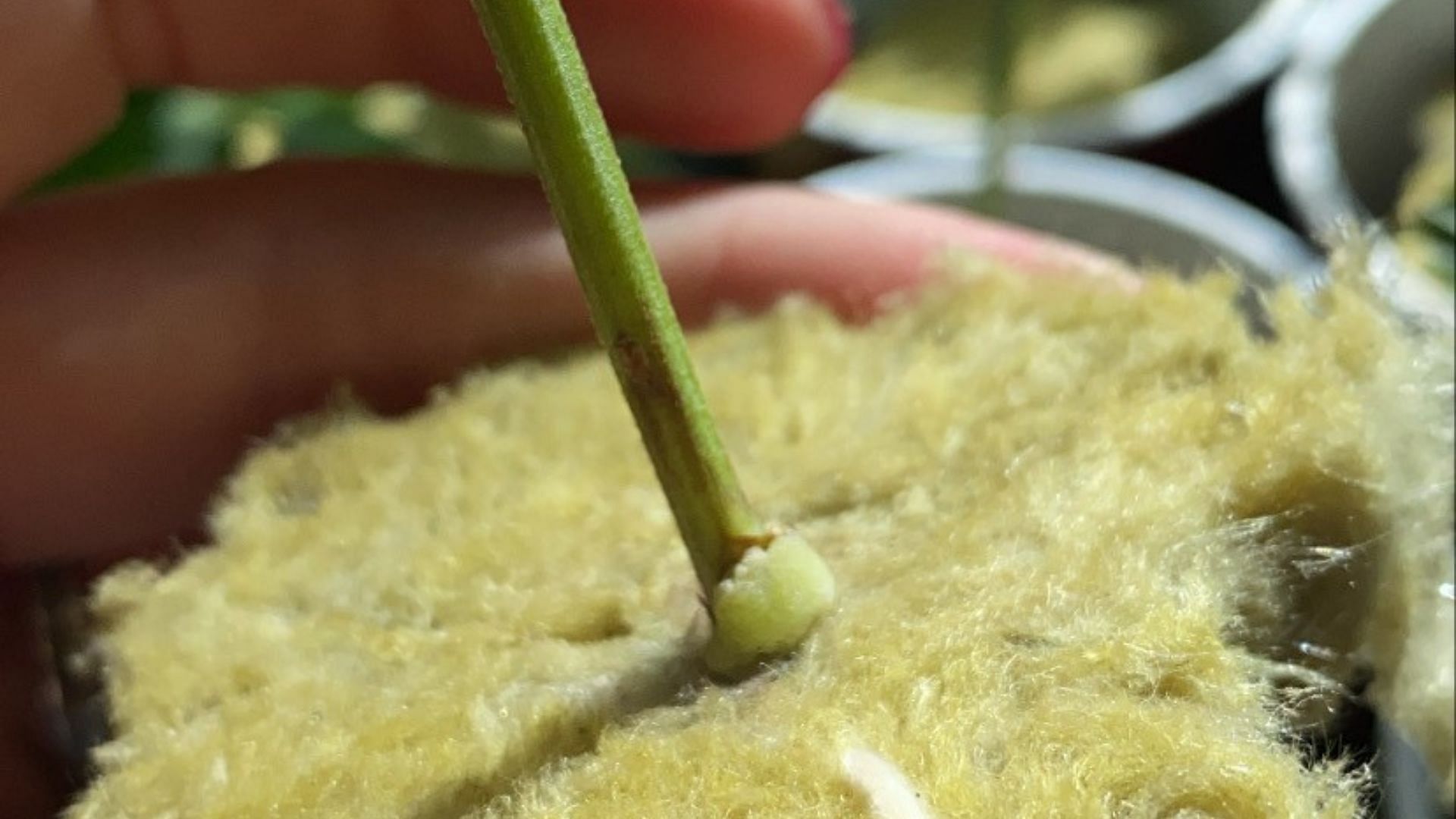
Cytokinins are a group of plant hormones that encourage plant growth, especially new shoots and roots, while gibberellins promote stem elongation and leaf expansion. Abscisic acid is another group of plant hormones that aid in stress reduction.
Kelp increases the production of an enzyme that aids in stress reduction. This enzyme is called superoxide dismutase, or SOD. This enzyme acts as an antioxidant for the plant and can help maintain vigorous plant health.
Another key ingredient for your cloning misting solution is yucca root extract. Yucca also contains IAA and increases SOD. It improves the abiotic stress of your plant and helps coat your plant in solution more evenly by acting as a surfactant. (This means it reduces the surface tension of water).
Lastly, adding fulvic acid to your nutrient mixture can also increase the SOD in your clones as well as deliver the micronutrients in kelp more efficiently by creating bonds with the minerals and helping the plant absorb them through their stomata. The stomata are small openings on the leaves' surface responsible for gas exchange. They allow nutrients to be absorbed through foliar applications before the roots have developed on your cuttings.
After about a week, your cuttings should begin to develop roots. Once roots have developed, you can use your light nutrient solution on the growing medium as a root drench. You may transplant your clones into containers using a high-quality potting mix after roots have developed.
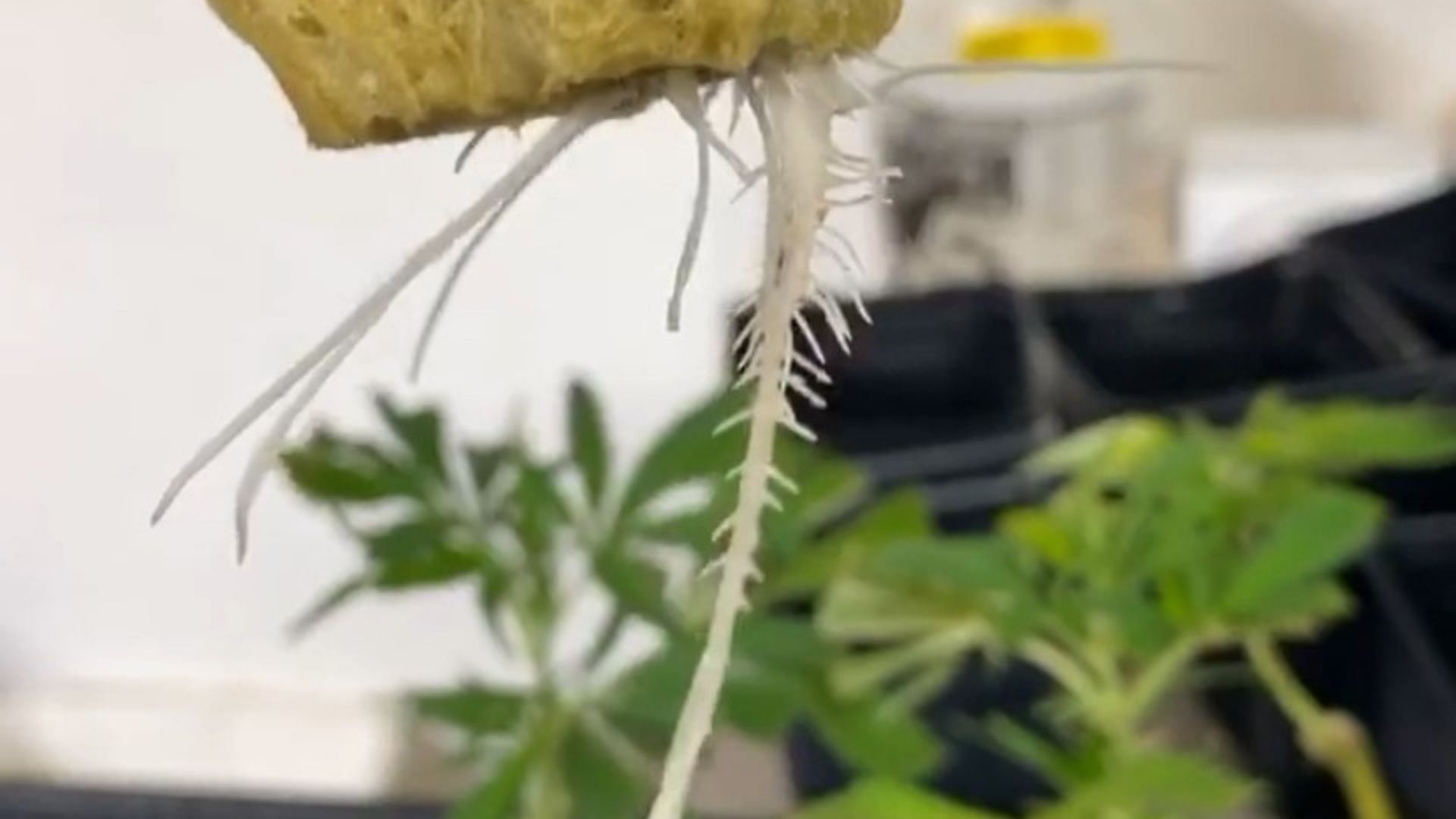
When transplanting it is a great idea to inoculate the root zone with beneficial fungi and bacteria such as mycorrhizae fungi and azospirillum bacteria.
Cloning Machines Tips & Tricks
If you are using a cloning machine, you will want to be aware of the water temperature in the machine. Because these machines use motors to oxygenate the water, they can reach exceedingly warm temperatures. Remember, the root zone should be around 77 F. You can lower the temperature with ice cubes or frozen water bottles to maintain this optimal zone. You can add aloe and cloning solution containing IBA to the water in your machine, but remember, any organic matter can create unwanted bacterial growth, especially at warm temperatures.
Clones produced with cloning machines can create beautiful bonsai-style plants but are unnecessary for successful clone propagation.
Conclusion
Now that you understand plant hormones' role in producing optimal cuttings, you can make informed decisions to optimize your cuttings, from adding different compounds to improve plant health to cutting your clones from specific parts of the plant for concentrated levels of hormones, and what type of environment is ideal for your cuttings to produce roots. With this information, your cuttings will become clones in no time.

